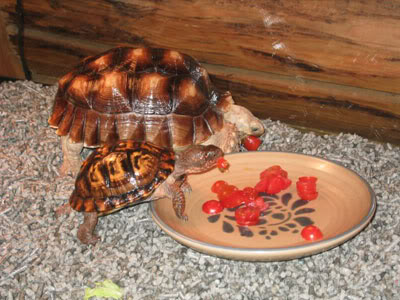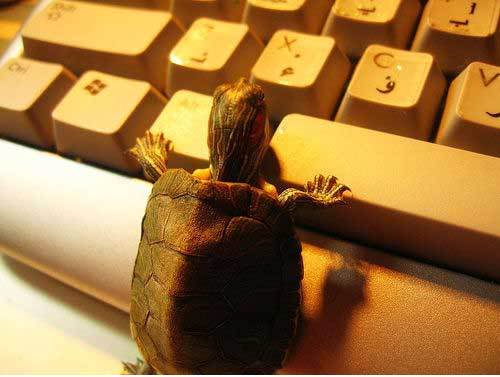Tania
IB Expert
- Messages
- 2,555
- Reaction score
- 310
- Gender
- Female
- Religion
- Christianity
Was she old :? I will post their pictures later...but one is dead.
Was she old :? I will post their pictures later...but one is dead.
you are being unfair to the other turtles imsad
it is multiple choices. u should multiply your choices :-[
Was she old :? I will post their pictures later
won't they bite?hew
i only have the slider one...i used to have two...but one is dead.


I think they would kill for strawberries.
Ninja turtle is the best. I like Leonardo hes simply amazing.

Exactly what I was thinking.The slider turtle looks 'adorable'.
lol. That's a cute picture of the turtles amu Woodrow.Ok.... next time I'll look around when I'm having strawberries... those tortoises might attack me....:skeleton:

yes - alligator turtles are not a good choice for a pet. they can bite and they can bite hard. besides - they get huge. it was given to me and was a cute enough baby, but when i learned about them, i gave it back.
my last slider was a pig and just never stopped eating.
i'm glad you posted the articles about taking care of them. when i was a kid 146 years ago, we were entirely ignorant - sliders were sold everywhere. some even had painted shells! we had no idea of their nutritional needs and we didn't know that they must have light. so i never saw any that were over about 2 inches and i assumed that was their full size because none of them lived long enough to become adults.
because of the salmonella problem, a law was passed years ago that turtles under 4 inches can not be sold - this was because little kids put everything possible into their mouths.
Exactly what I was thinking.
lol. That's a cute picture of the turtles amu Woodrow.
Here's a cute picture...which I didn't take. Never had a turtle, and wouldn't get one.



have you been bitten by it?hew
i used to have three turtles...and yeah...never stopped eating until it was so big (bigger than the 17" monitor) that i've to let them go into one of the man made lake. I'm so worried of them...whether they could survive.
painted shells???+o( oh my...pity the turtles. The paint chemicals are quite dangerous for the animals.
do you know why is only for turtles under 4 inches...? :?

On average how much does a turtle cost to buy? and to take care of?
Jazakallah
. It is a good thing we don't have this in malaysia because strawberries are expensive.
Follow along with the video below to see how to install our site as a web app on your home screen.
Note: This feature may not be available in some browsers.
